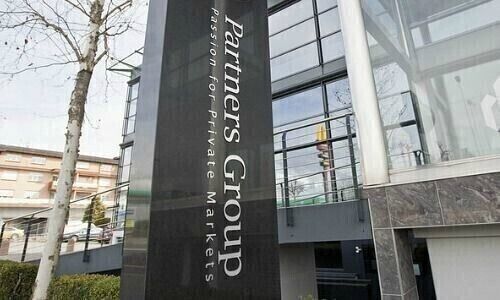Zug-based private equity firm Partners Group saw first-half profits rise by nearly 20 percent as performance fees surged.
Partners Group reported a profit of 551 million Swiss francs in the first half, up 19 percent from 464 million during the same year-ago period, the company reported Thursday.
Driving the result was an increase in performance fees to 265 million francs from 72 million, a gain of 270 percent. The result made up a quarter of total revenues in this year's first half compared to 8 percent a year ago. At the same time, management fee income slipped 3 percent to 786 million. The decline was attributed to the firm not conducting «material closing of closed-ended funds during the period.»
Operating costs increased 31 percent to 407 million francs driven by higher variable performance fee-related personnel expenses, according to the results.
More Assets to Manage
Assets under management at the end of June stood at $141.7 billion compared to $130.6 billion, for an 8 percent increase. In Swiss franc terms, AuM was up 1 percent to 126.8 billion.
«As we enter the second half of the year, we reiterate our full-year 2023 fundraising guidance of $17 to $22 billion, which will likely be driven by our bespoke solutions. We have a strong investment pipeline and several portfolio realizations planned. We are confident of our continued ability to deliver sustained outperformance for clients and other stakeholders,» wrote executive chairman Steffen Meister and CEO David Layton.
Shifting Private Markets
The private equity model is in an evolutionary phase, and the changed macroeconomic environment has limited the options for generating returns using financial engineering, according to Partners Group. That is forcing private market companies to focus on building businesses to create value.
While that may cause consolidation in private markets, the firm sees them as becoming the new «traditional» asset class while IPOs become speculative investments. They argue that private investments offer investors access to segments of the real economy that are often shut out of public investment.


































